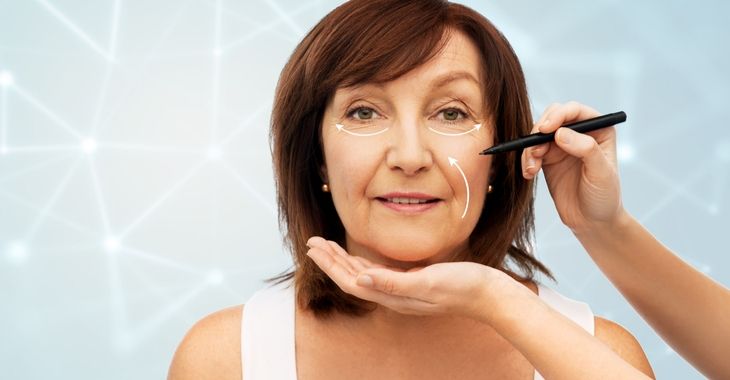How Does Laser Skin Resurfacing Work?
Laser therapy has been used for decades to improve the beauty of skin. Patients undergoing laser skin resurfacing can see benefits of reduced lines, wrinkles and sun spots, as well as improvement in skin tone and reduced scar tissue. But how does this treatment work? Let’s take a look at how laser therapy changes the surface of the skin for improved appearance.
Laser therapy uses light energy to remove surface skin cells. This is also referred to as lasabrasion or a laser peel. There are two main types of laser resurfacing techniques, CO2 and erbium. Both help lift skin cells that have been damaged to improve the tone and appearance of the skin.
This treatment uses burst of light energy to target problem areas on the skin. Not only does this technique vaporize skin cells, it helps increase collagen production in the skin. As problem areas undergo laser therapy, the damaged skin cells disappear and are replaced with new skin cells for an improved appearance. This can help patients have a smoother, more even skin tone for a healthier, youthful look on their face or other areas.
While laser therapy can work wonders on many skin issues, it only addresses issues on the top surface of the skin. Shallow scars, lines, wrinkles and skin discolorations can be improved. However, deeper issues may require more invasive cosmetic surgery to achieve the results desired. In addition, not all skin types are ideal for laser skin resurfacing. It depends on the individual and what conditions they are trying to correct.
To learn more about laser therapy for skin transformation, schedule a consultation with a cosmetic surgeon clinic that offers laser skin resurfacing.
Posted on behalf of:
Hunter Moyer, MD
1400 Northside Forsyth Dr. #390
Cumming, GA 30041
(404) 250-3393
The information provided on this website, including text, graphics, images, and other materials, is intended solely for informational purposes and should not be used as a substitute for professional medical advice, diagnosis, or treatment.


)